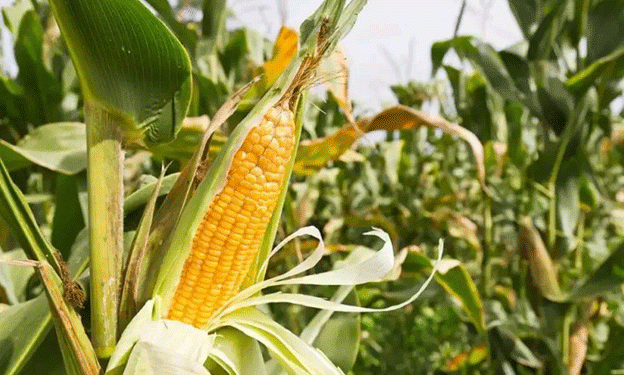In Palamu, corn cultivation plays a significant role in the livelihoods of many farmers in Jharkhand and Bihar. With its cultivation period ranging from 60 to 115 days, understanding the right time to harvest is essential for maximizing profits. Experts suggest that farmers need to be aware of both the calendar and physical indicators to assess the readiness of their corn.
According to agricultural scientist Akhilesh Shah, corn is typically harvested once it has fully matured. However, there are various factors to consider, as corn varieties exhibit distinct characteristics. For instance, if farmers are aiming for baby corn, they should not allow the tassels to fully develop. Once the tassels reach maturity, they signal that the corn is transitioning to a full-sized ear, which is not suitable for baby corn production. Baby corn can be harvested when the tassels are still immature, usually around 35 to 40 days after planting.
To determine if your corn is ready for harvest, consider the following indicators:
- Tassel Color: The tassels should start turning brown but not completely dry out. This indicates that the plant has reached its peak development.
- Kernel Hardness: Gently squeeze a few kernels; they should feel firm but not hard. If they dent easily and are milky when punctured, the corn is likely ready for harvesting.
- Ear Appearance: The husks should be green and tight around the ears, with the silk starting to brown. If the silk is completely dried out, the corn may be past its optimal harvesting time.
- Growth Timeline: Keep track of the days since planting. If you have reached the full growth period (60-115 days), it’s essential to inspect the corn closely.
Additionally, local climate conditions can influence the maturation process. Warm, sunny weather typically accelerates growth, while cooler temperatures can delay readiness.
Harvesting corn at the right time is crucial for maximizing yield and profit. By observing the physical indicators and understanding the growth stages of corn, farmers in Jharkhand and Bihar can make informed decisions about when to harvest. This knowledge not only enhances the quality of the harvest but also contributes significantly to the farmers’ income.
Error




